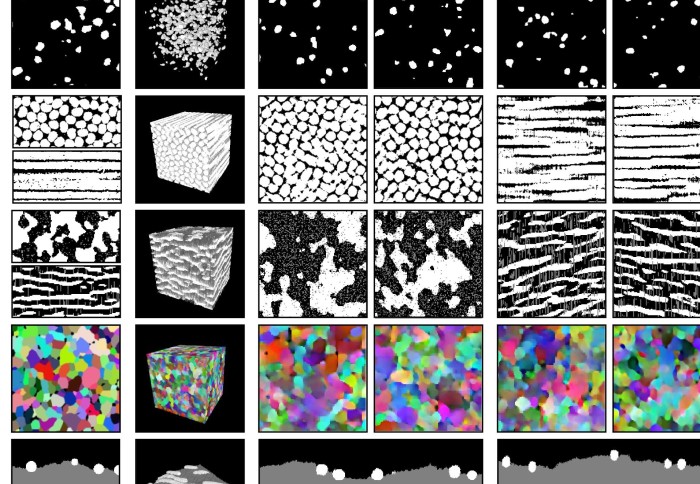

- 2d to 3d conversion image processing how to#
- 2d to 3d conversion image processing full#
- 2d to 3d conversion image processing pro#
Here’s what our cut-out model layer should look like:Īfter you’ve cut out each layer, it’s time to save the Photoshop document. Because our model’s head will be contrasted against a blue sky, we don’t have to cut out the hair perfectly.

We can take this effect one step further by setting the opacity of the dress to 50% so we can see the background behind it. Use the Clone Stamp tool to erase the bar. In our example, you can see a little bit of the background bar through the model’s dress. Using the Magic Wand tool and feathering found in the Refine Edge menu, you can cut the model out while including soft edges. The foreground model layer is actually surprisingly easy to cut out. Here’s what our mid-ground layer should look like:

This process can get tedious, but if you want your video to look convincing, it’s definitely worth it. You’ll also want to remove the spacing between the rails that reveals the background. To fill in the missing details, use a combination of the Content-Aware filter and Clone Stamp to cut the model out. As you can see in the original image, the model is significantly covering important parts of the rooftop, like the planter, rail, pillows, and wall. Our mid-ground is the most tricky layer in the series. It doesn’t have to be perfect you just want to cover any extra overlapping that may occur. Here’s an example of our background plate: For example, we’ll use the Clone Stamp tool and Brush tool on our background layer to fill in a full-sized plate of the buildings and sky. To create the effect, completely cut out any extra elements from each layer. For our example, we’ll separate our image into three layers: Model, Rooftop, and Background. Step 2: Layer Your Image in PhotoshopĪfter you’ve chosen your image, it’s time to separate it into layers based on their relative distance to each other.
2d to 3d conversion image processing full#
If you’re looking for more images to use, we’ve created a Lightbox here on Shutterstock full of images that could work for 2D-to-3D conversion. This image is a good candidate for 3D conversion because its layers can be clearly defined. To create the most believable parallaxing effect possible, it’s important to use an image with a clearly defined foreground, mid-ground, and background. For our example, we’re going to use the following image: Image by HighKey The first step when creating a 2D-to-3D photo is picking the right image for 3D conversion. Step-By-Step Tutorial: Converting 2D Images to 3D Step 1: Find an Image

2d to 3d conversion image processing pro#
While you may be able to simulate a 3D photo effect in a professional video editing software like Final Cut Pro or Premiere Pro, After Effects is the best tool for the job. After EffectsĪfter Effects is a motion graphics compositing software that allows users to keyframe and stack 2D layers in 3D space. Features like the Content-Aware filter and the Clone Stamp tool are indispensable for perfecting individual layers. Practically speaking, this means you’ll need to use Photoshop to separate elements within your scene. To convert your 2D photo into a 3D video, you’ll need to create plates for each section of your photo. The Two Tools Needed to Convert 2D Images Into 3D Video 1. This technique simplifies the natural parallaxing effect that happens when watching moving video footage. This technique essentially breaks your entire scene into separate layers, which can then be separated in 3D space. The best way to take a 2D image into a 3D world is with a technique called layer stacking. Here’s what we’ll be creating in our tutorial:
2d to 3d conversion image processing how to#
An effective way to make your 2D images pop is to convert them into 3D videos. Let’s take a look at how to convert a 2D image into a 3D video using common video and photo software.


 0 kommentar(er)
0 kommentar(er)
